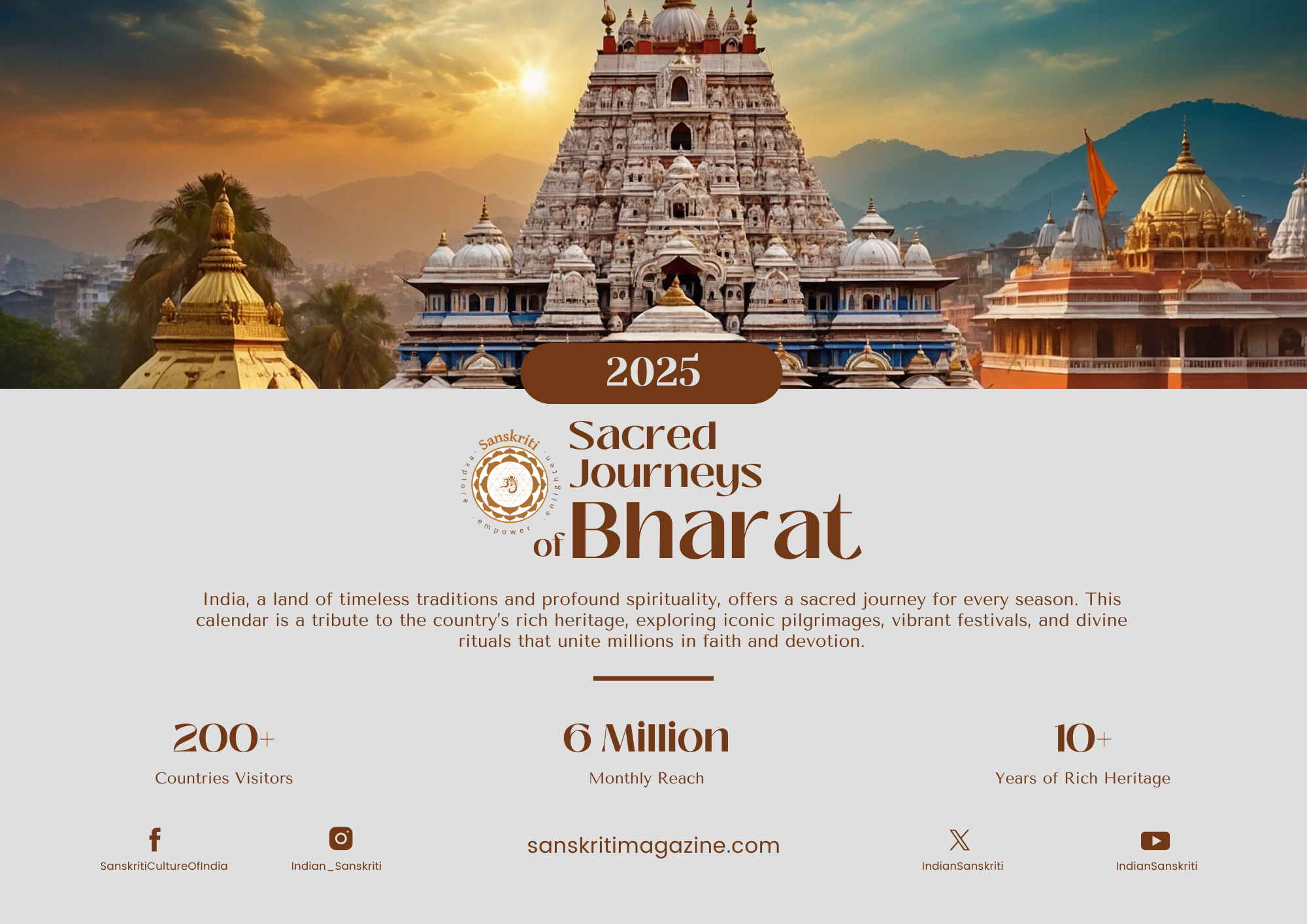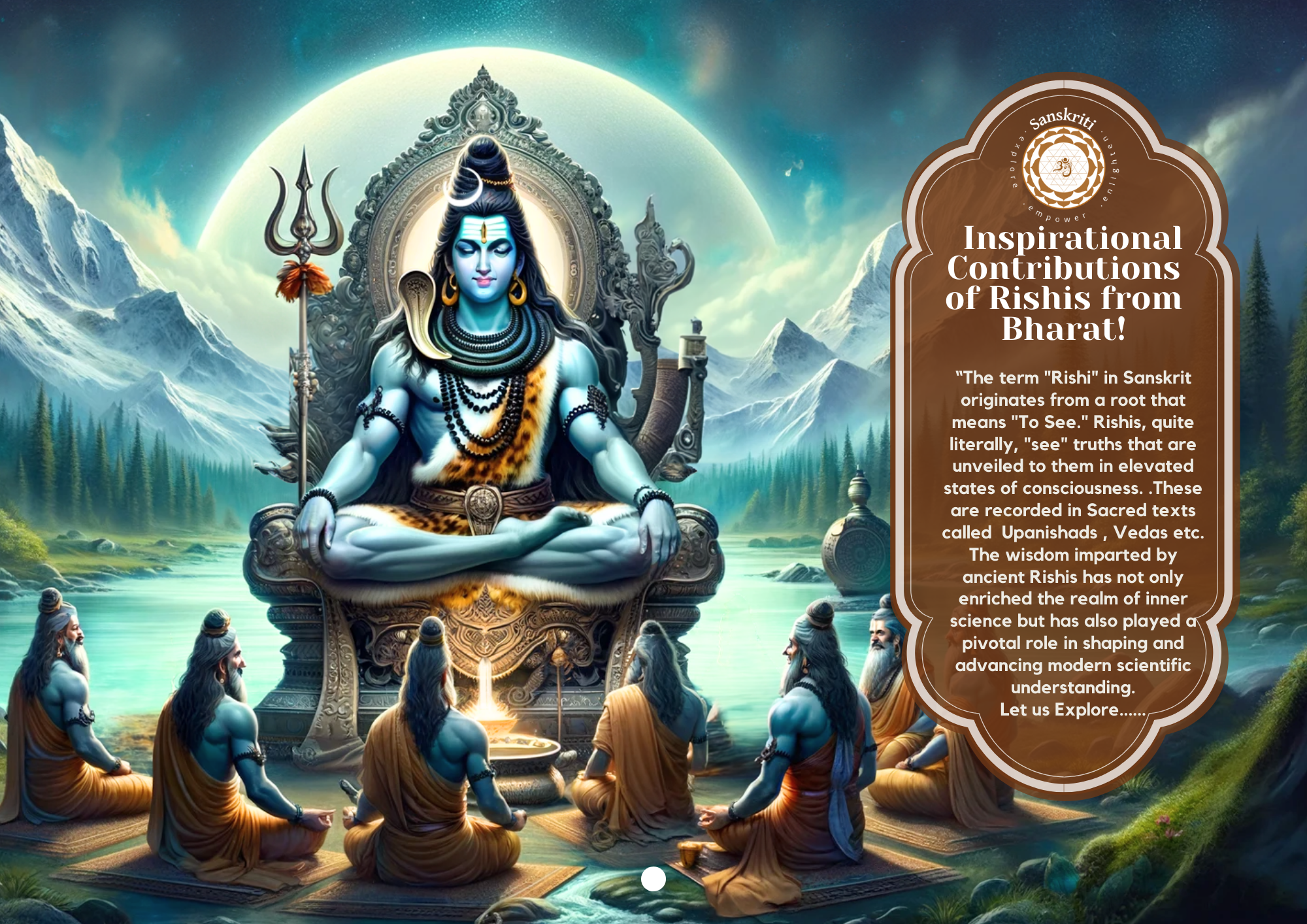Fact: Out of the state’s 18,600 villages, 240 municipal towns, and 25 district headquarters, less than 90 places saw riots. If one includes the two big cities of Ahmedabad and Vadodara, by the wildest stretch of imagination, only 2 % of the state can be assumed to have been burning. Only 40 or maximum 50 out of the state’s 18,600 villages saw riots. Had the state government been involved in the riots, or wanted to encourage the riots, it would have created riots in 10,000 out of Gujarat’s 18,600 villages. In the past curfew has been placed in 300 villages at the same time time. As compared to that, absolutely nothing happened in 2002.
In this regard, some people quote a report of R Sreekumar, a police officer, of August 2002 and claim that 154 Assembly seats (out of the total 182), with 151 towns and 993 villages were affected by riots. Of course this does not mean that all these places saw riots. Some liars have tried to lie that ’993 villages saw riots’. This is trash. Curfew was needed to be imposed in only 40 villages as against 200 to 300 simultaneously in Gujarat’s past riots. The figure of 993 villages seeing violence is absolutely far-fetched and cited by R Sreekumar, the man who did not make allegations against Narendra Modi until he was denied promotion by the Gujarat Government on strong grounds and his junior was made DGP before him.
On page 153 of SIT closure report, Ashok Narayan, ACS (Home) is quoted as saying that Sreekumar arrived at this figure by including all places where food grains and other items of relief had been provided in relief camps or other places by the government. Ashok Narayan is quoted as saying that the actual places seeing violence were lesser. Naturally, there is a vast difference in the places where the foodgrain was provided and places which actually saw violence.
For argument’s sake, accepting the figure of 993 villages out of 18,600, we get 5% of the state affected, with 95% still peaceful.
Despite some people hell bent on trying to magnify the Gujarat riots as much as possible, there are reports from diehard anti-BJP people like Frontline which also say more or less the same thing. Diehard anti-Sangh Parivar magazine Frontline also reported: “The Bharatiya Janata Party made its greatest gains in the riot-affected areas — it captured 50 of the 65 riot-affected constituencies…In places untouched by riots, the BJP lost ground. In Kutch, it got only two out of the six seats, compared with the four seats that it had won in the previous election…In Saurashtra, where the water crisis is acute, the BJP slipped from its 48-seat tally (out of 52) in 1998 to just 37 seats this time. (out of 52)”
http://www.frontline.in/static/html/fl1926/stories/20030103005900400.htm
If Frontline itself claimed 65 riot-affected seats out of 182, (this includes places like Ahmedabad district and Vadodara district which had 19 and 13 Assembly seats at that time, and also 2 other cities of Rajkot and Surat), then it shows that it is absolutely impossible for riots to have occurred in 993 villages and the correct number of places of violence must indeed be close to less than 90, since Ahmedabad and Vadodara districts themselves account for 32 Assembly seats. And Frontline also admitted that Saurashtra and Kutch were untouched by riots.
On the 1st day of the riots, 26 places needed to be placed under curfew as reported by all major dailies the next day- e.g. The Hindu. On the 2nd day, 34 places needed to be under curfew as reported the next day by dailies (these include most if not all of the 26 already under curfew). And on the 3rd day 40 places were under curfew(Mostly already under curfew from 1 or 2 days). Since the violence was controlled in 3 days, and after the 3 days, violence was limited mainly to Ahmedabad, Vadodara and some places near Godhra, we can clearly see that it is absolutely impossible for riots to have occurred in 993 villages, and that the figures of maximum 50 villages and maximum 90 places seeing riots are absolutely true.
Let us say, for argument’s sake, that some people from 993 villages went to relief camps for fears of attacks- real or imaginary fears. How does that mean that 993 villages saw riots? The above figures from the English dailies as also from Frontline clearly reveal the truth. As they say, half-knowledge is always dangerous. Those who do not know the full truth, that the figures given by Sreekumar were for all places where foodgrain was given, and not for places which saw violence, wrongly accused others of lying that riots were seen in less than 90 places, whereas in reality those who said that riots were seen in less than 90 places were telling the truth, and those claiming that violence was seen in 993 villages were lying. Half-knowledge is always dangerous!
Also, only 7 out of 25 districts of Gujarat saw any significant violence. Remaining 18 were virtually untouched by riots, according to official records. So less than half of the districts saw the riots and most areas of the districts which saw riots were peaceful.
Saurashtra and Kutch account for one-third of Gujarat. Riots did not spread to these parts, either in cities or in villages even in the first three days. These places account for 58 out of Gujarat’s 182 Assembly seats. After the first three days riots took place largely only in Ahmedabad, Vadodara, and some places near Godhra in Panchmahal district. That is to say, after 2nd March 2002 riots had stopped in almost the whole of Gujarat. The real riots happened only in the first 3 days and the violence also progressively reduced in these 3 days. But in Saurashtra and Kutch, no riots took place even in the first three days even in cities. And villages of Saurashtra and Kutch were untouched by the riots.
But the media lied at that time and has also lied ever since that the whole of Gujarat was burning. Around 6 December 2002, Narendra Modi was invited on Star News- NDTV’s programme ‘Hotline’. In that programme, the anchor Pankaj Pachouri asked Narendra Modi this question. He said, “Your party always gains because of the riots. But no riots took place in Saurashtra and Kutch, so you are all set to lose there. How will you respond to this?” To that question, Narendra Modi replied,
“When 2 % of Gujarat was burning, you were saying that the whole of Gujarat is burning. Now you are saying that no riots took place in Saurashtra and Kutch. So first you apologize for lying that the entire state was burning when only 2 % of the state was burning.”
These malicious lies of the media were exposed twice. Once during the time of the riots in Gujarat in March-April 2002. And second, during the Gujarat Assembly elections of December 2002. After the BJP’s huge victory in Gujarat in December 2002, the media again ignored these facts and lied that the whole of Gujarat was burning. The BJP seems unable to ever remind the media of its own lies and its own true reporting. It has never bothered to expose the truth of Gujarat, and attack the media for lying that the whole of Gujarat, including Saurashtra and Kutch were also burning.Without exaggeration, it seems to be one the biggest ever Public Relations disaster in human history, by the BJP in general and the Gujarat Government in particular.
[mks_button size=”large” title=”BACK” style=”squared” url=”https://www.sanskritimagazine.com/facts-2002-gujarat-hindu-muslim-riots-godhra/” target=”_self” bg_color=”#dd3333″ txt_color=”#FFFFFF” icon=”” icon_type=”” nofollow=”0″]




